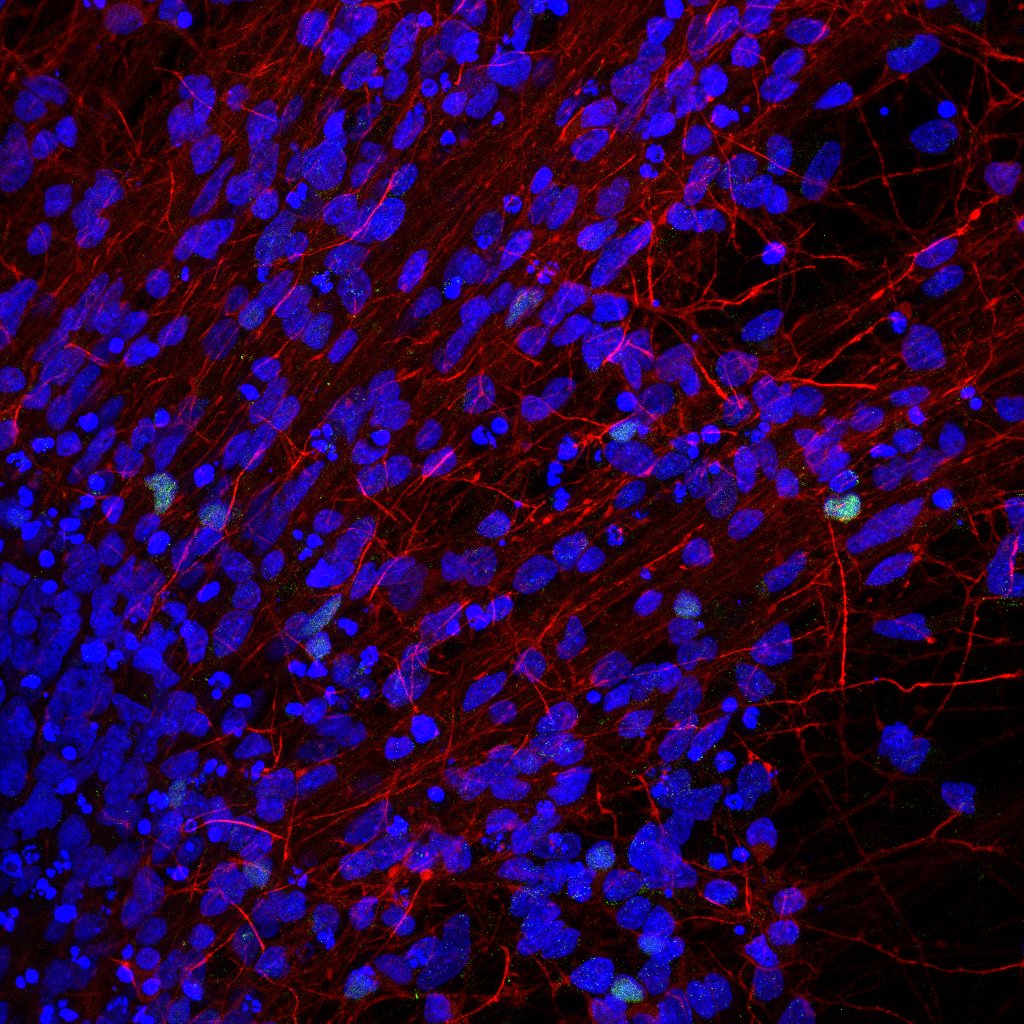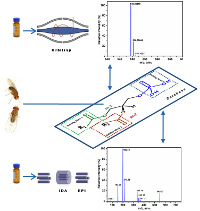| RESEARCH | PUBLICATIONS | PEOPLE | CAREERS | RESOURCES | |
 |
 |
 |
 |
 |


These glycerophospholipids databases encompass data relevant to mass spectrometry analysis. Six most common glycerophospholipid class, namely PA, PC, PI, PS, PG and PE are presented in the current version. This data library is dynamic. The interactive templates can be used to generate chemical formula, exact precursor mass, fragment masses and adduct masses of any fatty acyl combinations without limitation in the number of carbons or double bonds. In addition to lipid identification using the user-generated lipid m/z values, these templates can be used to develop specific methods for targeted analysis. Structures of lipids in the database are verified with LIPID BANK, Lipid Library, Cyberlipids, LIPID MAPS and other public sources. Because these templates are user-modifiable, it is possible to create glycerophospholipids that are not present in biological systems. Therefore, a detailed review is suggested to ensure the presence of any calculated lipid molecular species in concerned sample matrices.
The user can download ‘MS1_database.xlsx’, ‘MSMS_database.xlsx’ and formulate all the precursor mass and fragment masses of glycerophospholipid molecular species.
The workbook, named as ‘MS1_database.xlsx’ formulates the lipid species formula, neutral mass and m/z values for the nine most common adducts by taking into account, user defined information of the total number of carbon atoms and total number of double bonds in the fatty acyl chains of glycerophospholipids.
The workbook, named as ‘MSMS_database.xlsx’ derives fragmentation masses arising from a specific Lyso species by providing the number of carbon atoms and double bonds in a single fatty acyl chain.
The above two interactive workbooks can be used to generate a list of molecular species within a glycerophospholipid class. For example, a list of PA molecular species is given here.
'COMBINED PHOSPHATIDIC ACID DATABASE'